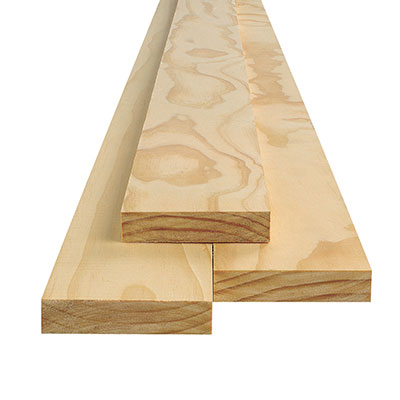All dreads no cattle. (That’s dreads as in dreadlocks.)
When a group of CMOs on LinkedIn has to ask the question “What is a brand?” (Or was it a bunch of brand planners?) The fact that the question is asked is damning. I’m a big Noah Brier fan – he of Percolate – and even he asked me once “How do you define a brand plan?” His question was meant to see if I was all dreads and no cattle. There are so many a practitioners out there who don’t have a clue.
Many rubber-meets-the-road marketing types want to know “How do I measure a brand plan?” “How do I measure the sales return of a brand plan?” The answer is easy. First, have one.
Assuming your brand plans are like mine: one claim and 3 support planks, the measures are easy. If one plank is about being fastidious, you can ask your customers to rank you on fastidiousness. You can ask general consumers to rate you as well, that will tell you how well the story is getting out. You can rate yourself on fastidiousness – doing spot checks on personnel performance. On a macro level, you then tie sales, margins, or stock performance to the rise and fall of these brand plan metrics. This is where the rubber meets the road. This is the part of the dashboard you get to present upstairs at headquarters, while the cost-per-click and coupon redemption people remain waiting in the lobby. Along with the people polishing that gleaming Cannes Lion.
(The headline for this post is for you to interpret. It’s part George W. part morning coffee. Hee hee.) Peace!



